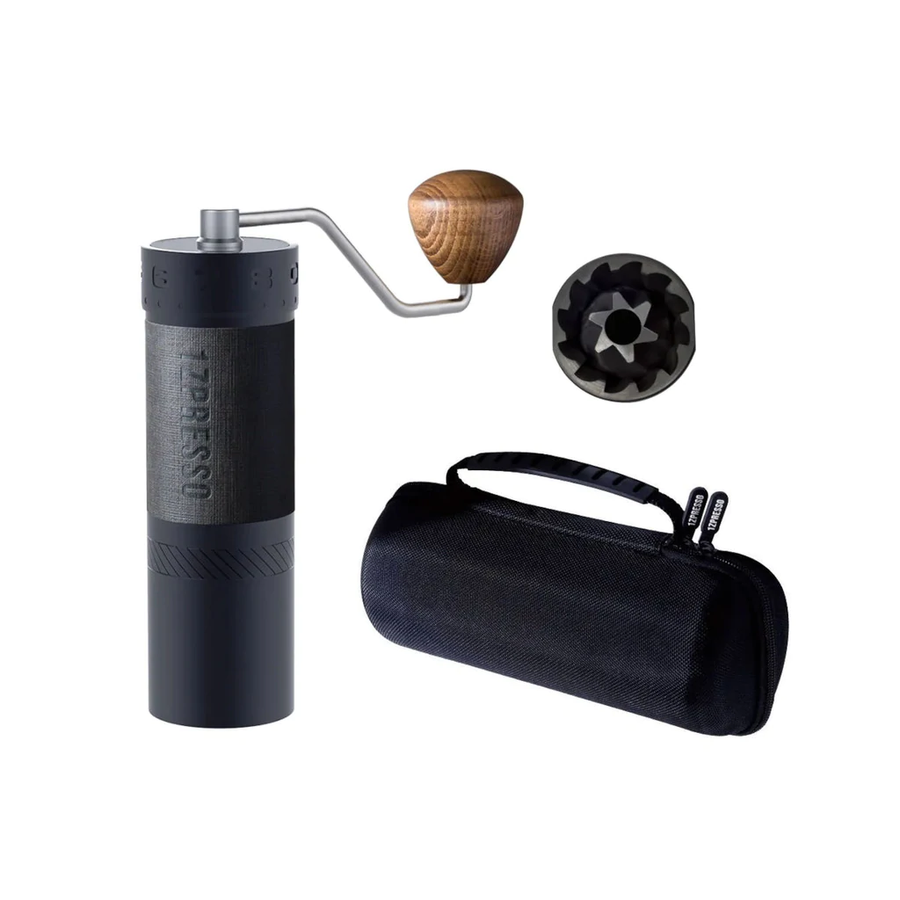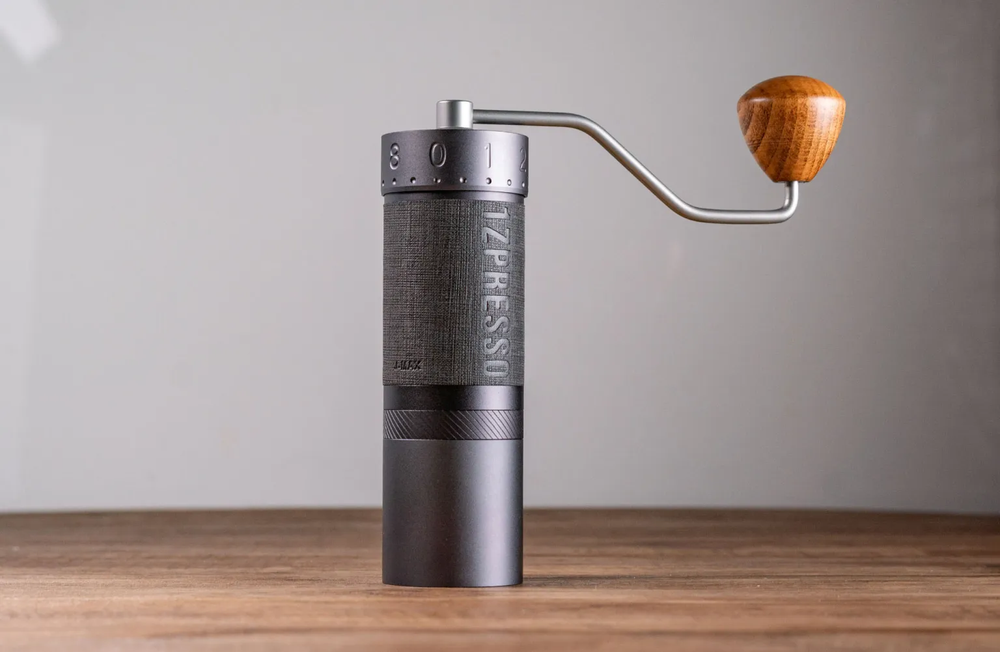Why Your Milk Frother Matters More Than You Think (Even with a High-End Coffee Machine)
You’ve done the research. You’ve invested in a quality coffee machine. You expect café-style results, smooth espresso, creamy cappuccinos, silky lattes… But somehow, your home brews still fall short of that coffee shop magic.
Here’s the truth most people miss: Even the best coffee machine can’t deliver perfect coffee without properly textured milk, and that’s where your milk frother becomes the unsung hero of your setup.
Let’s unpack why your milk frother matters more than you think, and how to get your milk game right.
Common Mistakes When Frothing Milk at Home
It doesn’t take much to ruin good milk foam, and it often starts with simple, avoidable mistakes:
❌ Using the wrong type of milk: Not all milk froths equally. Full cream dairy milk or high-protein plant-based milks (like oat barista blends) work best.
❌ Overheating the milk: Milk should be steamed to around 60–65°C. Go higher, and you scorch the milk, killing flavour and foam texture.
❌ Inconsistent frothing technique: Rushing the process or skipping the swirl at the end leaves you with large bubbles instead of smooth microfoam.
The result? Flat cappuccinos, weak lattes, and disappointing coffee quality, no matter how expensive your coffee machine is.
A high-end coffee setup deserves equally refined accessories. If you’re exploring milk frothing tools to complement your coffee machine, start with classics like the moka pot for espresso-style brews or an aeropress for smooth, filtered flavor. For daily convenience, a filter coffee machine or filter coffee maker with timer pairs beautifully with a quality milk frother to keep your mornings consistent. Prefer café-quality automation? A jura coffee machine with an integrated frother delivers precision and ease, while brands like la marzocco and rancilio silvia give you hands-on control for latte art mastery. Visit our online coffee shop to discover leading coffee brands south africa trusts and explore every machine, accessory, and brewing essential that helps you craft milk perfection at home or in your café.
Standalone Milk Frother vs Built-In Steam Wand: Which is Better?
There’s no one-size-fits-all answer; it depends on your machine, skill level, and personal preference.
Built-In Steam Wand (Included with Many Coffee Machines)
✔ Directly connected to your coffee machine
✔ Great for hands-on control
✔ Ideal for latte art practice
BUT…
-
Can be tricky for beginners
-
Requires good technique to avoid bubbly, inconsistent foam
-
Some entry-level steam wands lack power
Standalone Milk Frother
✔ Plug-and-play simplicity
✔ Consistent, silky microfoam every time
✔ Hot and cold frothing options
✔ Ideal if your coffee machine lacks a steam wand
BUT…
-
One more countertop gadget
-
Less hands-on control for latte art lovers
Pro Tip: Many coffee lovers use both, relying on a standalone milk frother for quick, consistent results and the steam wand for when they feel like dialling in latte art skills.
How Milk Froth Impacts the Taste and Presentation of Coffee
Frothed milk isn’t just about looks, though let’s be honest, that glossy foam does make your coffee Instagram-worthy.
Great milk froth actually enhances your coffee quality:
✅ It creates a creamy, velvety texture that balances espresso bitterness
✅ The microfoam locks in aroma and heat, keeping your drink hotter for longer
✅ Properly textured milk blends seamlessly, rather than separating or sitting flat
✅ Thick, stable foam provides the perfect base for latte art, a small detail that elevates the whole coffee experience
Bottom line: Perfect milk froth transforms a basic coffee into a café-quality drink, and your milk frother is the key to getting it right.
Recommended Milk Frothers for Coffee Machine Owners
Ready to level up your home coffee game? Here are Buna Coffee’s top milk frother picks to complement any coffee machine:
Jura Automatic Milk Frother Hot & Cold
✔ Sleek, Swiss design
✔ Hot or cold froth options
✔ Perfect for cappuccinos, iced coffees, and more
Bialetti Tuttocrema Milk Frother
✔ Classic stovetop frothing
✔ Manual control for purists
✔ Durable and easy to use
Bodum Bistro Electric Milk Frother
✔ Affordable, compact design
✔ Quick, consistent froth
✔ Great for beginners
Final Pour: Don’t Let Your Coffee Machine Do All the Work
If you want café-style coffee at home, don’t overlook the importance of a quality milk frother. Even the best coffee machine needs the right partner to deliver perfect foam, silky texture, and that creamy finish we all love.
Explore Buna Coffee’s range of milk frothers today and unlock the missing piece in your coffee setup.
➡️ Shop Milk Frothers Now
Mastering milk froth is just one part of your home barista journey. If you want café-quality coffee, it all starts with knowing how to use your espresso coffee maker the right way. Check out Buna Coffee’s step-by-step guide for South African coffee lovers →
Buna Coffee | Online Coffee Store South Africa
Email: info@bunacoffee.co.za
Telephone: 087 265 8823
WhatsApp: 060 448 9876
Instagram: instagram.com/bunacoffeeza
Facebook: facebook.com/bunacoffeeza
YouTube: youtube.com/@BunaCoffeeRSA
Google Maps: Find us here



